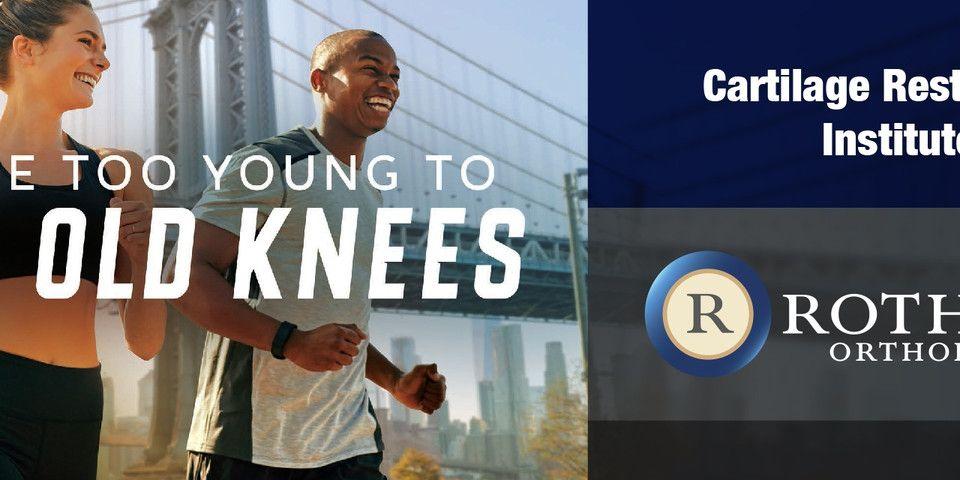Who Needs Cervical Artificial Disc Replacement Surgery and How Does It Work?
Rothman Orthopaedic Institute protects your back health with comprehensive preventive care and surgical treatment.
Neck pain can be caused by a number of reasons – from improper posture to injuries to cervical disc disease – and while many conditions respond well to nonoperative treatments, some cases may require surgical repair. How do you know if you or someone you love needs cervical artificial disc replacement? The spine specialists at Rothman Orthopaedic Institute can help guide you through the process from diagnosis all the way to recovery.
Cervical Disc Health
The cervical spine consists of seven vertebrae at the top of the neck and the cushioning discs between them which allow the neck to move freely. These areas of the spine also create a protective tunnel for the spinal cord to pass through, distributing spinal nerves through the openings between the cervical vertebrae. These nerves provide the upper body with sensation and movement.
Due to the natural wear and tear that accompanies aging, a cervical disc may begin to degenerate, creating herniation against the nerves or spinal cord. Symptoms of cervical disc degeneration and disease may include:
-
Neck pain and/or stiffness
-
Clumsiness or problems with balance
-
Pain that radiates to the shoulders or arms
-
Weakness in the shoulders, arms, hands, or legs
-
Numbness or tingling in the arms
Cervical Artificial Disc Replacement
Many people who experience neck pain are able to obtain relief from their discomfort through intensive rehab and therapies. However, when conservative treatments haven't resolved the pain, specialists may recommend cervical artificial disc replacement surgery.
Cervical artificial disc replacement is a relatively new process involving the removal of a diseased cervical disc and replacing it with an artificial one, as well as eliminating any residual disc fragments or bone spurs. The disc space is maintained at its healthy height in order to help relieve pressure on the spinal nerves.
It is important to note that disc replacement is a motion-preservation procedure and not a motion-creation procedure. This means that a patient should not expect the procedure to increase the neck’s range of motion. Even though a new artificial disc has been inserted, a stiff or arthritic joint that did not move before disc replacement is not likely to move afterwards.
Post-Procedure Recovery
Pain fter cervical artificial disc replacement is normal and patients may be given pain medication both in the hospital and a temporary prescription at home. Recovery and rehabilitation times vary for each person, but typically includes:
-
Wearing a soft or rigid neck support
-
A return visit for suture removal
-
A gradual return to normal activities
-
Typical full recover within 2 months
Ask your surgeon about specific activity restrictions and when to resume a regular shower or bath. Most patients may return home 24-48 hours after surgery, but they should consult their doctors immediately if they experience:
-
Fever
-
Headache
-
Numbness or weakness
-
Bleeding, redness, swelling, or discharge from the incision site
-
Pain that does not respond to medication
-
Difficulty swallowing
-
Difficulty breathing
Rothman Orthopaedic Institute’s Spine Team annually performs more than 3,000 spine surgeries in the Philadelphia greater metropolitan area. As some of the most experienced specialists for cervical artificial disc replacement, we can offer comprehensive and caring spine treatment for you and your loved ones.
Visit us here or contact us at 1-800-321-9999.
Related Physicians
Related Conditions
Related Programs
-

Cartilage Restoration Institute
This is a center where patients can go to have their disabled joint biological resurfaced, realigned, and stabilized without having the joint replaced by artificial materials such as metal and plastic. It is well known that the outcomes of patients under the age of 50 undergoing artificial joint replacement are not as good as we would like. Therefore we feel the future of Orthopaedics is to try to restore a joint back to its original anatomy by realignment, ligament reconstruction, and cartilage restoration.Read More




